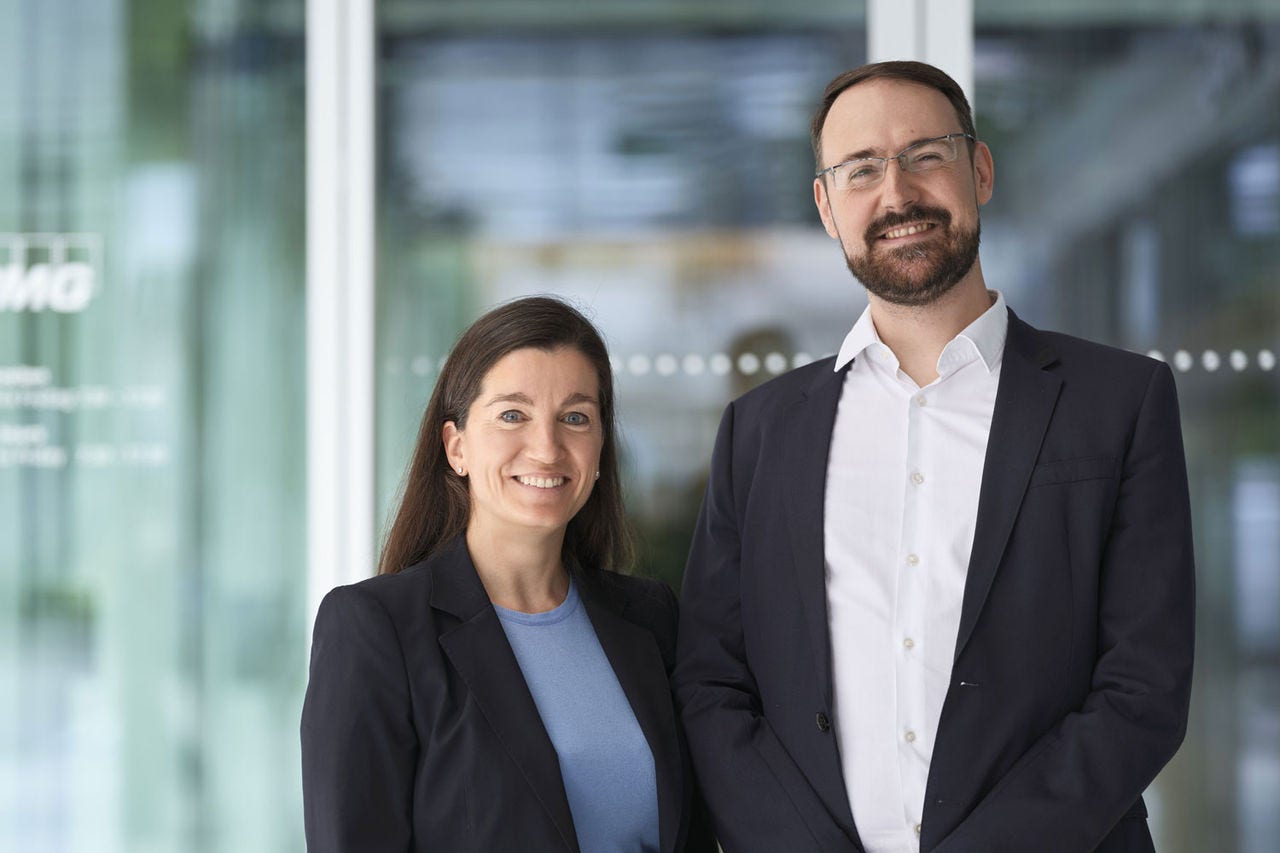Patrick Schmucki: Could you briefly explain your understanding of transition finance and why it is so important?
Dr. Stephanie Bilo: Transition finance plays a critical role in helping industries shift from carbon-intensive processes to more sustainable operations. It specifically focuses on enabling high-emissions sectors to adopt greener practices.
Experts estimate that reaching net-zero by 2050 will require an annual investment of USD 5-7 trillion[1]. At responsAbility, our mission is to mobilize capital and invest in emerging markets, aiming to achieve financial returns while generating a positive societal and environmental impact. We see climate finance as a broader category that includes transition finance but extends beyond it.
Climate finance also invests in projects that directly mitigate climate change by reducing, avoiding, and saving C02 emissions. Additionally, it also supports adaptation efforts, such as making communities more resilient to the impacts of climate change.
This includes financing renewable energy projects, developing and implementing green lending programs with local banks, and investing in energy efficiency projects across many sectors to achieve significant energy savings while adopting climate-friendly solutions.






